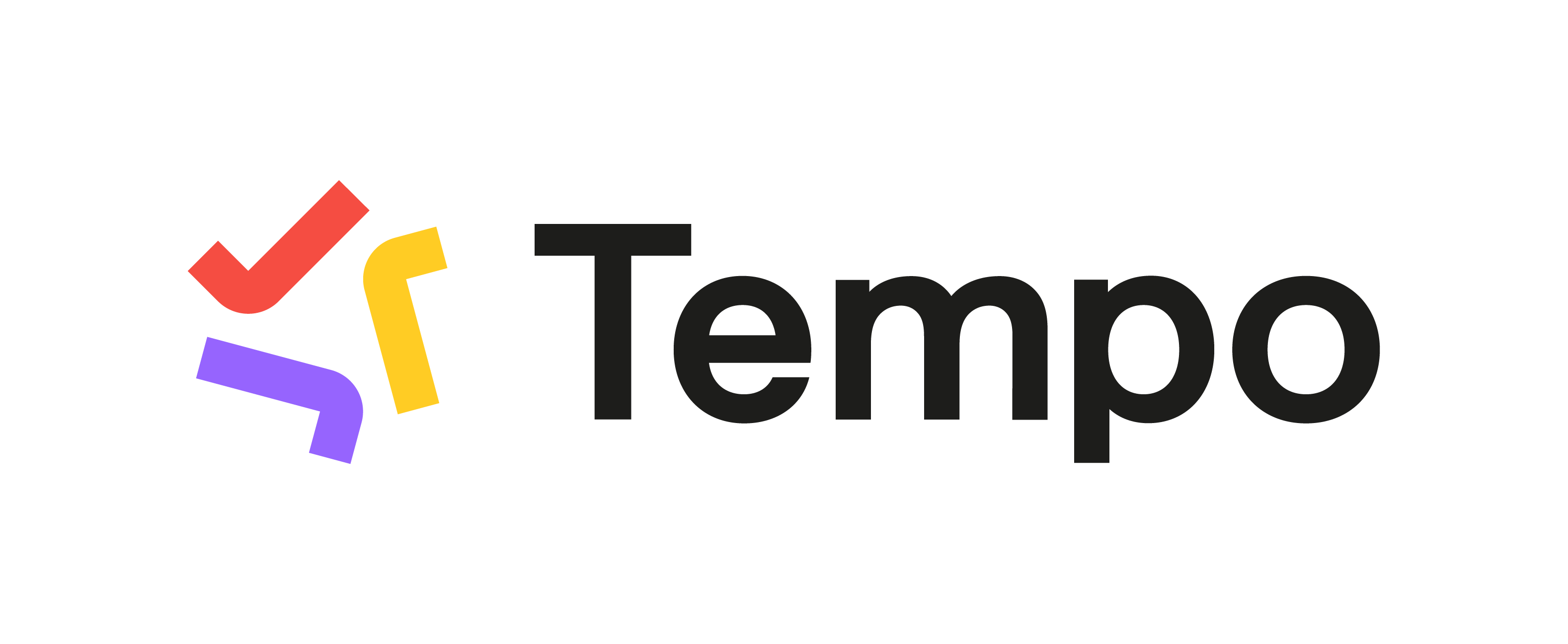This article is for Tempo for Cloud and Data Center
|
Question |
Can I migrate between Tempo for Cloud and Tempo for Server/Data Center or vice versa? |
|---|---|
|
Answer |
Atlassian recently made an announcement regarding its intent to accelerate their journey to a cloud-first company. Over the next 3 years, Atlassian’s Server offerings will be adjusted to eventually lead to a complete transition away from the platform to a Cloud or Data Center deployment. We recognize this will have an impact on Tempo’s Server customers and partners. Here is what we know right now:
As we have been successfully leaning into the Cloud over the last few years, Tempo was well prepared for this announcement, and, in many ways, we were simply waiting on Atlassian’s timing. This includes our recent efforts to focus on Server to Cloud migrations, and building out required tooling in close collaboration with Atlassian. Although we are excited about this shift in technology and business models, we recognize that this is going to be a major change for some of our customers and partners. We will do everything in our power to make it easier for all of our Atlassian customers. This includes our commitment to and ongoing support of Server to Cloud migrations, and participation in multiple programs with Atlassian that are aimed at identifying and removing blockers to cloud adoption. As Atlassian is moving away from Server products, we would strongly recommend against migrations from Cloud to Server. Data Center deployments are the recommended alternative. |
Those Tempo Timesheet users that have migrated from a Cloud instance to a Server instance and are currently using any version prior to version 8.13.1
will need to perform the following actions after upgrading to version 8.13.1 or any version after that.
Those that are upgrading from any version released after 8.13.1 do not need to take note.
